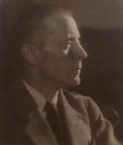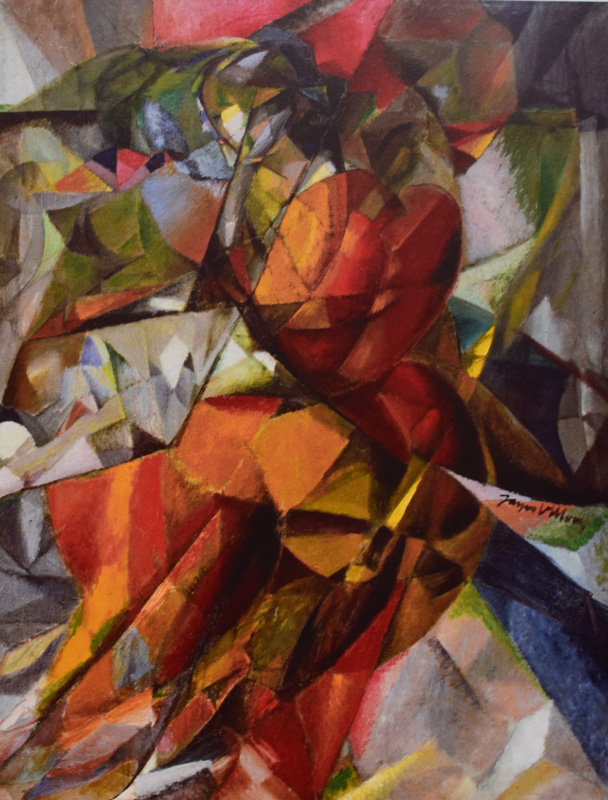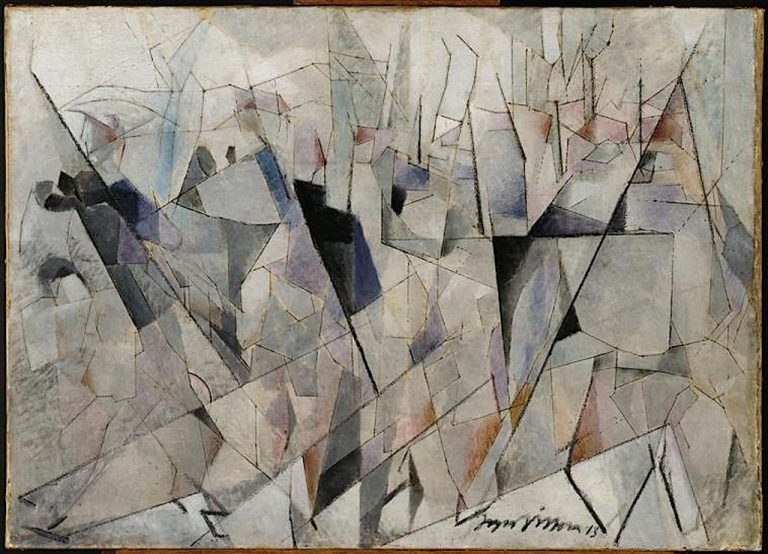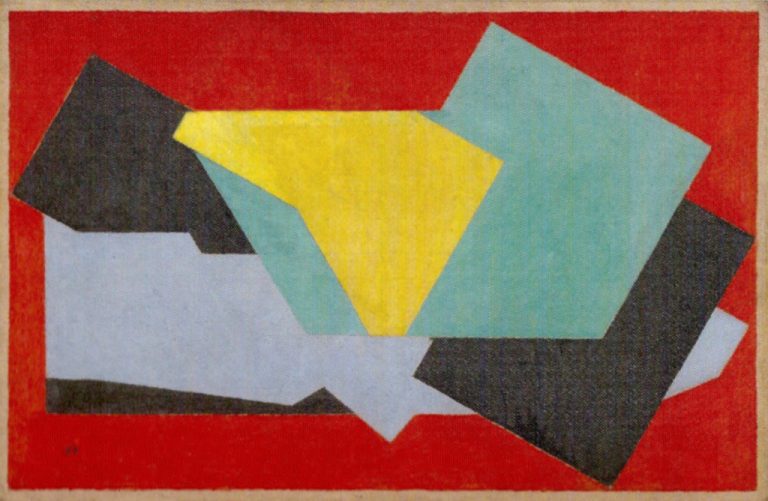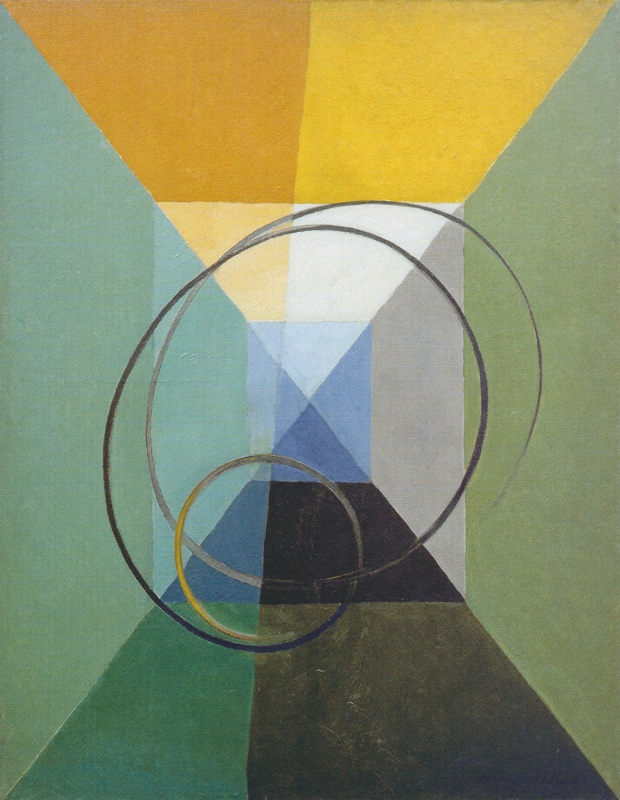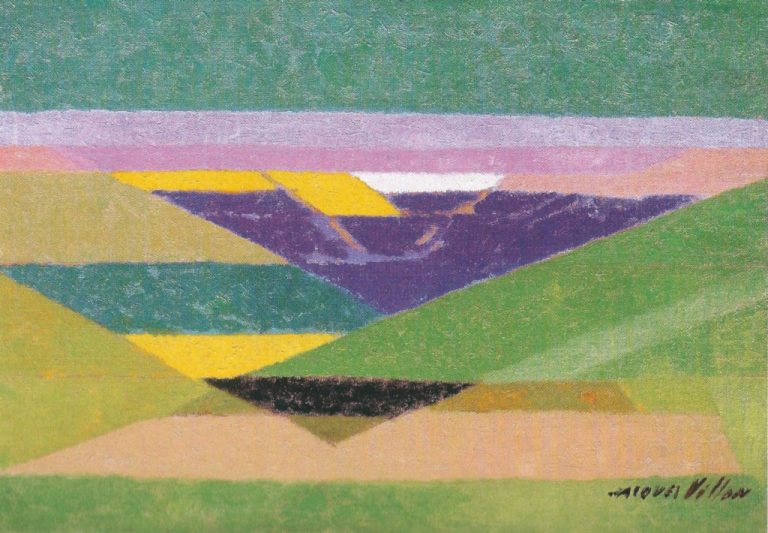The artistic beginnings
Gaston Duchamp, famously known as “Jacques Villon,” was born on July 31, 1875, in Damville (Eure). As the eldest of six children, he led a talented family where four siblings, including Raymond Duchamp-Villon (1876-1918), Marcel Duchamp (1887-1967), and Suzanne Duchamp (1889-1958), all made significant contributions to the art world.
From an early age, he was immersed in art, thanks to his grandfather, Emile Nicolle, a respected painter and engraver. At just 16 years old, he produced his first prints—a technique he diligently refined throughout his career. In 1894, he enrolled in the Faculty of Law but swiftly realized that his true calling lay in art.
He left his studies to join the studio of the painter Cormon, where he embraced the pseudonym “Jacques Villon.” This name was inspired by Alphonse Daudet’s novel « Jack » and reflected his admiration for the medieval poet François Villon. From that point on, Jacques Villon established himself in the industry by creating illustrated newspapers and vibrant posters for Parisian cabaret.
The Group of Puteaux and the Section d’Or
In 1906, Jacques Villon moved into one of the three pavilions at 7 Rue Lemaître in Puteaux, where he was later joined by his brother, Raymond Duchamp-Villon, and the Czech painter František Kupka. During this time, painting became increasingly important in Villon’s life, and the influence of Manet and the Fauves can be seen in his works.
In 1911, inspired by his brother Marcel Duchamp, Villon began his journey into Cubism. His studio in Puteaux became a gathering place for members of the Parisian avant-garde, including Walter Pach, František Kupka, Raymond Duchamp-Villon, Albert Gleizes, Marcel Duchamp, Jean Metzinger, Francis Picabia, Fernand Léger, and Robert Delaunay. This group, known as the “Groupe de Puteaux,” embraced a cubist and abstract aesthetic that was not directly tied to the works of Braque and Picasso.
In 1912, motivated by Jacques Villon, the Puteaux group adopted the name “Section d’Or,” a term that references Renaissance masters. At the Salon d’Automne that same year, group members collaborated to design and decorate the « Maison Cubiste », a monumental project that created quite a scandal. Following the negative response from the Salon’s president, Franz Jourdain, Jacques Villon resigned from the Salon d’Automne committee. Just ten days after the opening of the Salon d’Automne, a pivotal exhibition took place in a furniture dealer’s hall on rue de la Boétie, named the « Salon de La Section d’Or ». This event united the leading figures of French modern art and stands as a landmark moment in the history of Cubism.
The success at the Armory Show and the start of the World War I
In 1913, the International Exhibition of Modern Art, widely known as the » Armory Show », made a significant impact in New York. This event was unparalleled in scale, featuring 1,400 works and establishing itself as the largest art exhibition ever organized in the United States. It served as a crucial milestone in the progression of American art and the cultural exchange between France and the United States. The introduction of Impressionist, Fauvist, and Cubist artworks to the American public stirred considerable controversy. Notably, all nine of Villon’s paintings were sold, highlighting their immediate appeal.
After being mobilized on the second day of World War I, Villon was sent to fight on the Somme. In 1916, he transitioned to camouflage duty. Upon his return from the front in 1918, Villon resumed painting and significantly expanded his engagement with engraving. This marked the start of his abstract period, characterized by monochrome canvases and carefully selected colors. His technique involved superimposing planes to convey depth and volume, proving his innovative approach to art.
The Impressionist Cubist
From 1922 to 1933, Villon experienced significant financial difficulties, which led him to create a series of prints for the Bernheim-Jeune gallery, interpreting the works of renowned masters such as Renoir, Cézanne, Matisse, Rouault, Picasso, and Braque. During this time, he was actually better known in the United States than in France. Around 1930, Villon returned to painting, drawing inspiration from the color theories of physicist Ogden Rood, which earned him the nickname “impressionist cubist painter.”
The official recognition
Portrait de Jacques Villon, vers 1950, photographie de Brassai - tous droits réservés
The year 1937 marked a turning point in his career, as he gained official recognition as an artist. He was awarded two honorary diplomas and a gold medal at the Exposition Internationale des Arts et des Techniques in Paris, firmly establishing his reputation. Subsequently, he was named a Chevalier of the Légion d’Honneur. In 1939, he met the gallerist Louis Carré, who secured exclusive rights to his work and organized numerous influential monographic exhibitions in both France and the United States.
In 1950, he was invited to the prestigious 25th Venice Biennale, which dedicated a room to showcase his art, underscoring his prominence in the art world. That same year, he received the Carnegie Medal at the Pittsburgh exhibition, further solidifying his status. The following year, the Musée d’Art Moderne de la Ville de Paris held a major retrospective of his work, celebrating his contributions to modern art.
Jacques Villon passed away on June 9, 1963, and he is interred in the family vault in Rouen, leaving behind a significant legacy.












